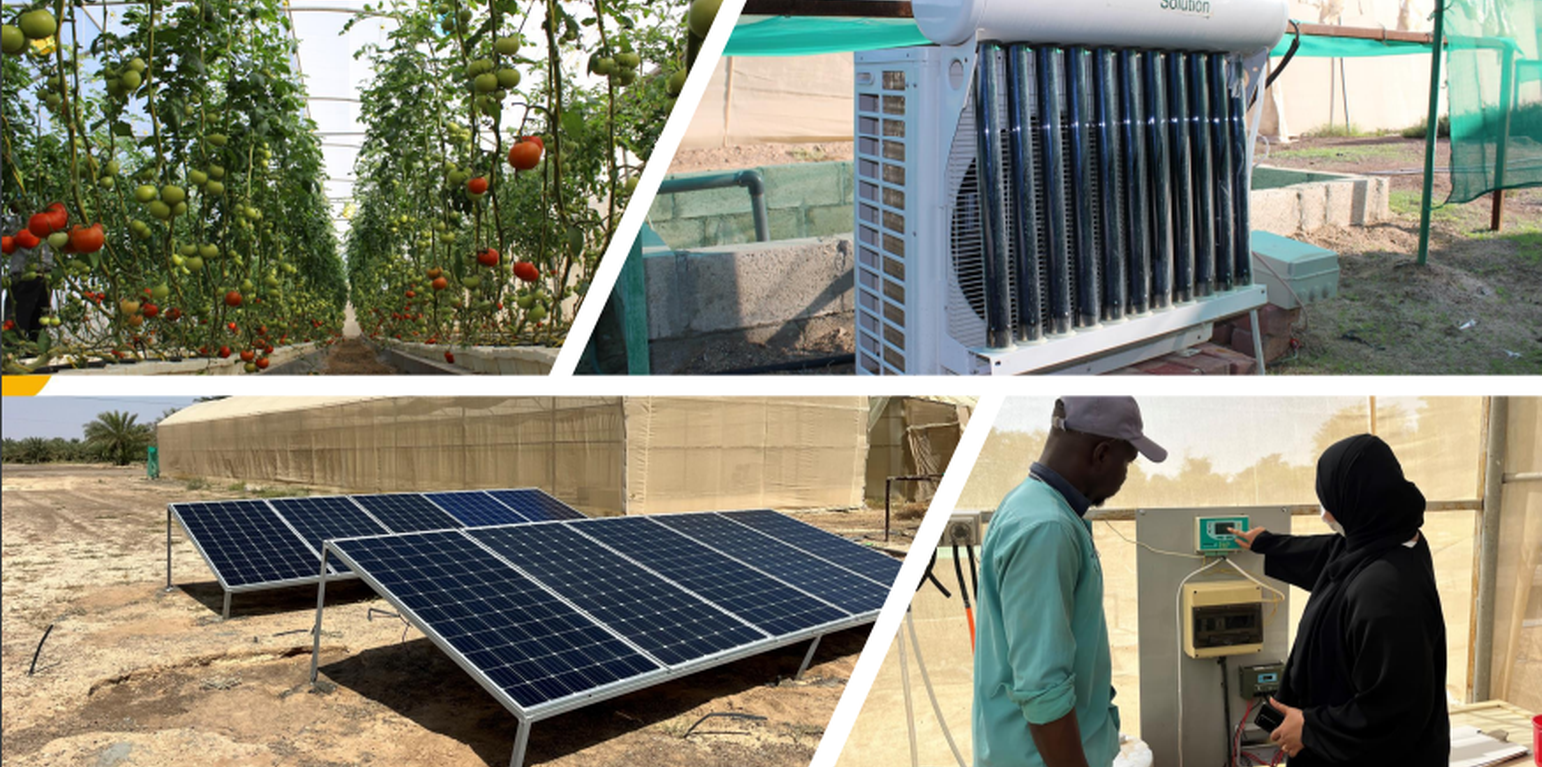



Achieving food production and food security in the Middle East is challenging due to the region's arid climate. Net houses and greenhouses offer potential solutions by improving water efficiency and providing better climate control. However, traditional greenhouses require substantial water and energy inputs. This challenge is directly linked to the Water-Energy-Food (WEF) Nexus, which offers integrated solutions to these interconnected needs.
In 2022, the International Center for Agricultural Research in the Dry Areas (ICARDA) began experimenting with various greenhouse models in the United Arab Emirates (UAE) to develop an optimal WEF solution. The outcome of these experiments is a water- and energy-efficient “net house” with several advantages.
One major issue with conventional greenhouses is their high water use due to the inefficiency of traditional soil bed systems. ICARDA’s research highlighted that simplified closed soil-less production systems can reduce irrigation water needs by more than 50%. These systems also offer additional benefits, including shorter cropping cycles, no risk of soil degradation or contamination, higher resource efficiency, and lower operational costs, as they eliminate the need for sterilization, soil cultivation, base fertilizers, and weed control.
Traditional greenhouses typically use pads and fans for cooling, but these systems have significant drawbacks. They are costly, require frequent maintenance and replacements, and consume a large amount of electricity. It's also noteworthy that most Gulf countries have recently increased their electricity prices. One approach to reducing cooling needs is to use a net house instead of a traditional greenhouse, combined with ventilators.
Another factor contributing to high energy consumption in traditional greenhouses is the use of conventional drip irrigation systems. In collaboration with the Massachusetts Institute of Technology (MIT), ICARDA researched energy-efficient drip irrigation systems, leading to the development of Ultra Low Energy (ULE) drippers. These drippers reduce pumping energy by 80%, which in turn lowers the number of solar panels required, making the system more cost-effective.
The efficient WEF Nexus solution proposed by ICARDA comprises five key technologies:
1.Closed soil-less production system: A hydroponic system with fertigation.
2.Net house: A structure that allows airflow while protecting crops from insects and adverse weather.
3.Ultra-low pressure irrigation system
4.Root zone cooling: In soil-less systems, cooling the root zone is easier and more cost-effective through ventilation.
5.Low-cost solar energy: The rapid decline in the cost of solar panels enhances the system's affordability.
This case study focuses on irrigation and fertigation solar powered solution with a Hybrid AC/DC root zone cooling. It is hybrid, which implies that there are no batteries to keep the house running at night and when sunshine is insufficient, it takes electricity from the grid. Compared to conventional cooled greenhouses, the net house measuring 8x30 meters offer multiple benefits compared with traditional greenhouses:
•Energy savings of 80% to 90%
•Extended production periods without any reduction in yield or quality
•Significantly lower costs
•Dramatically improved water productivity
•A 14% increase in net returns and a 28% reduction in costs.
This innovation demonstrates the effectiveness and necessity of integrated Water-Energy-Food strategies and contributes to a more water, energy, and food-secure Middle East.
สถานที่: เอมิเรตส์
ตำนวนการวิเคราะห์เทคโนโลยี: 2-10 แห่ง
การเผยแพร่ของเทคโนโลยี: ใช้ ณ จุดที่เฉพาะเจาะจงหรือเน้นไปยังบริเวณพื้นที่ขนาดเล็ก
In a permanently protected area?: ไม่ใช่
วันที่ในการดำเนินการ: น้อยกว่า 10 ปี (ไม่นานนี้)
ประเภทของการแนะนำ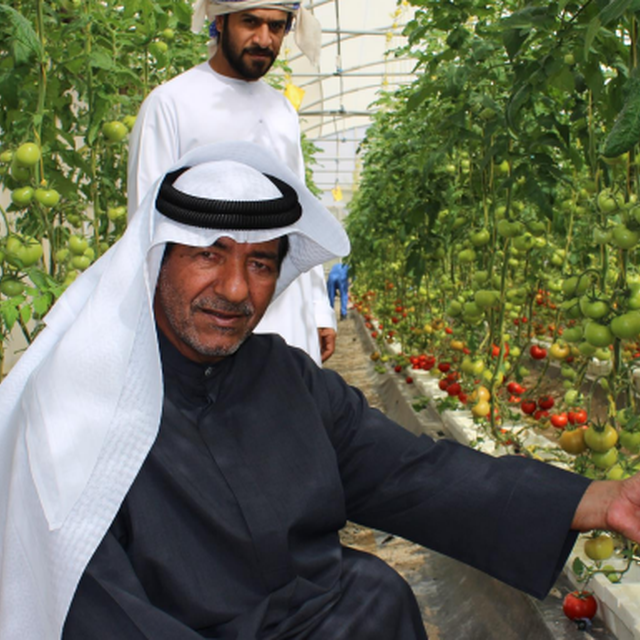
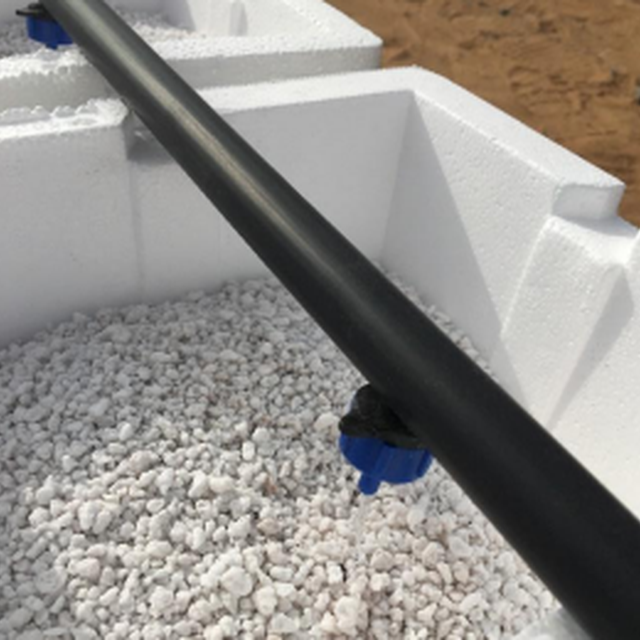









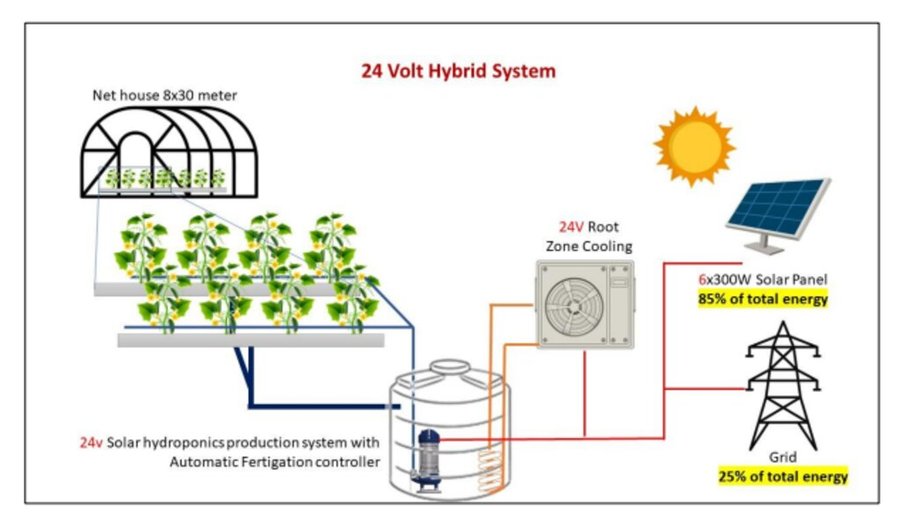
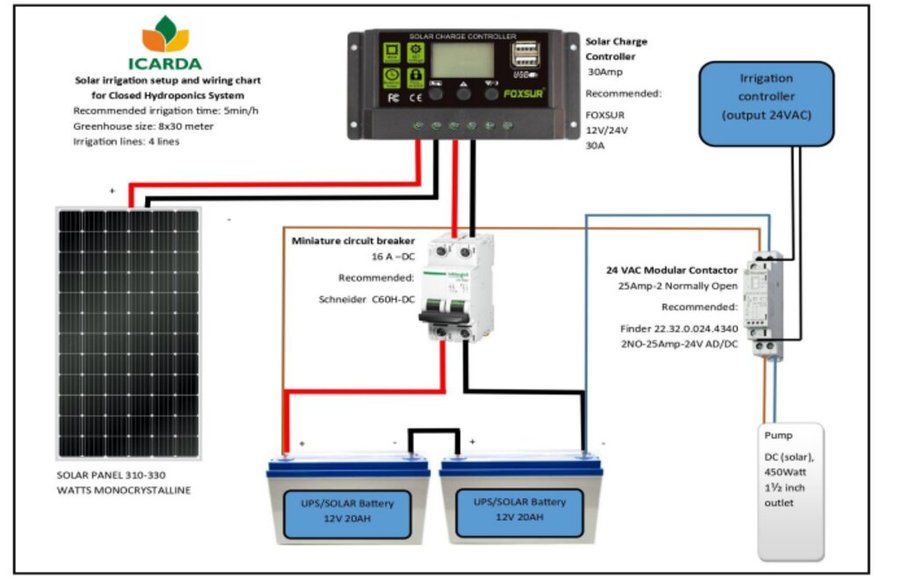
| ปัจจัยนำเข้า | หน่วย | ปริมาณ | ค่าใช้จ่ายต่อหน่วย (Dirham) | ค่าใช้จ่ายทั้งหมดต่อปัจจัยนำเข้า (Dirham) | %ของค่าใช้จ่ายที่ก่อให้เกิดขึ้นโดยผู้ใช้ที่ดิน |
| อื่น ๆ | |||||
| Net house structure | total | 1.0 | 25000.0 | 25000.0 | |
| Irrigation system | total | 1.0 | 2015.0 | 2015.0 | |
| Root Zone Cooling | total | 1.0 | 5000.0 | 5000.0 | |
| Hydroponic system | total | 1.0 | 3000.0 | 3000.0 | |
| ค่าใช้จ่ายทั้งหมดของการจัดตั้งเทคโนโลยี | 35'015.0 | ||||
| Total costs for establishment of the Technology in USD | 9'540.87 | ||||
| ปัจจัยนำเข้า | หน่วย | ปริมาณ | ค่าใช้จ่ายต่อหน่วย (Dirham) | ค่าใช้จ่ายทั้งหมดต่อปัจจัยนำเข้า (Dirham) | %ของค่าใช้จ่ายที่ก่อให้เกิดขึ้นโดยผู้ใช้ที่ดิน |
| แรงงาน | |||||
| Labour | Person-Days | 2.0 | 800.0 | 1600.0 | |
| วัสดุด้านพืช | |||||
| Cucumber seeds | seeds | 800.0 | 0.3 | 240.0 | |
| ปุ๋ยและสารฆ่า/ยับยั้งการเจริญเติบโตของสิ่งมีชีวิต (ไบโอไซด์) | |||||
| NPK (12-12-36 + TE) | 20 kg bag | 2.0 | 200.0 | 400.0 | |
| Magnesium sulfate | 20 kg bag | 1.0 | 60.0 | 60.0 | |
| Calcium Nitrate | 20 kg bag | 2.0 | 200.0 | 400.0 | |
| Pesticides | Liter | 1.0 | 106.0 | 106.0 | |
| อื่น ๆ | |||||
| Water | cubic meter | 40.0 | 3.13 | 125.2 | |
| Energy (electricity) | kWh | 1344.0 | 0.045 | 60.48 | |
| ค่าใช้จ่ายทั้งหมดของการบำรุงรักษาสภาพเทคโนโลยี | 2'991.68 | ||||
| Total costs for maintenance of the Technology in USD | 815.17 | ||||
Indirectly, it improved water availability through higher water use efficiency